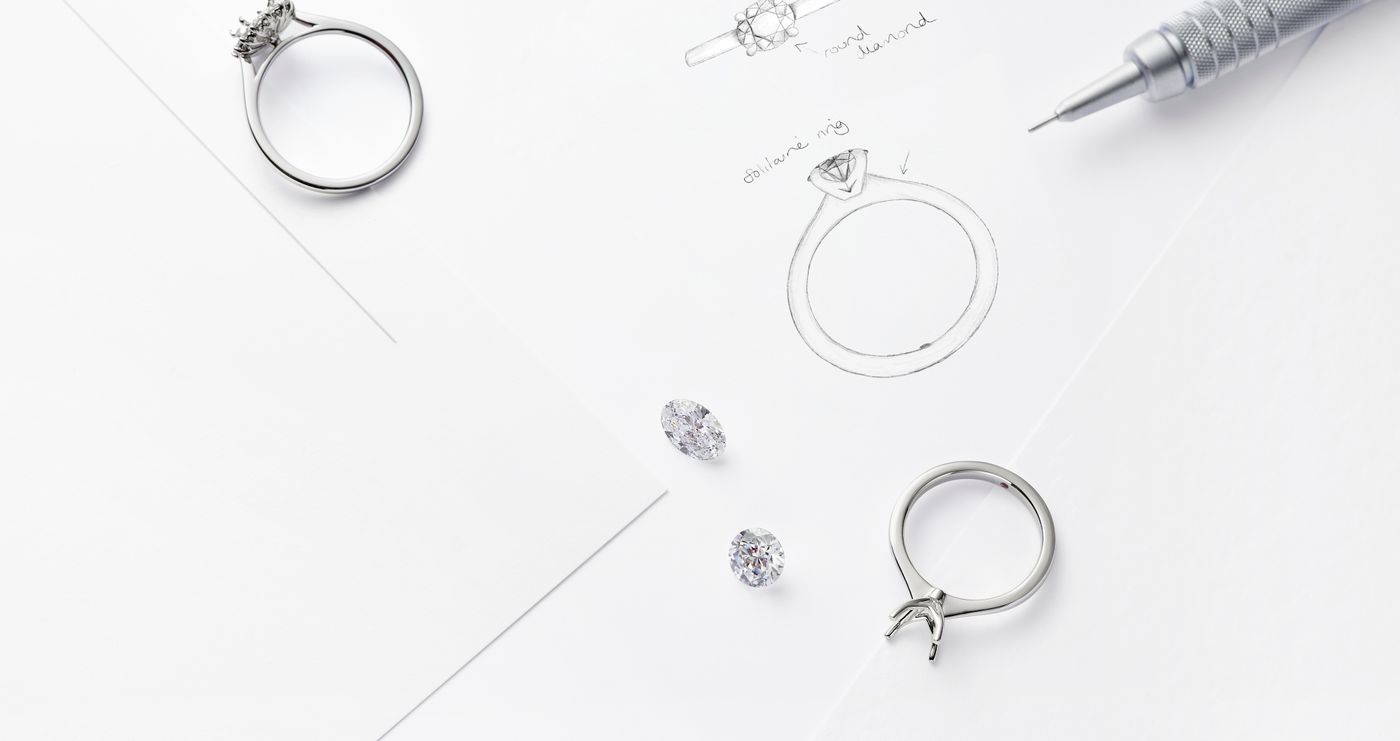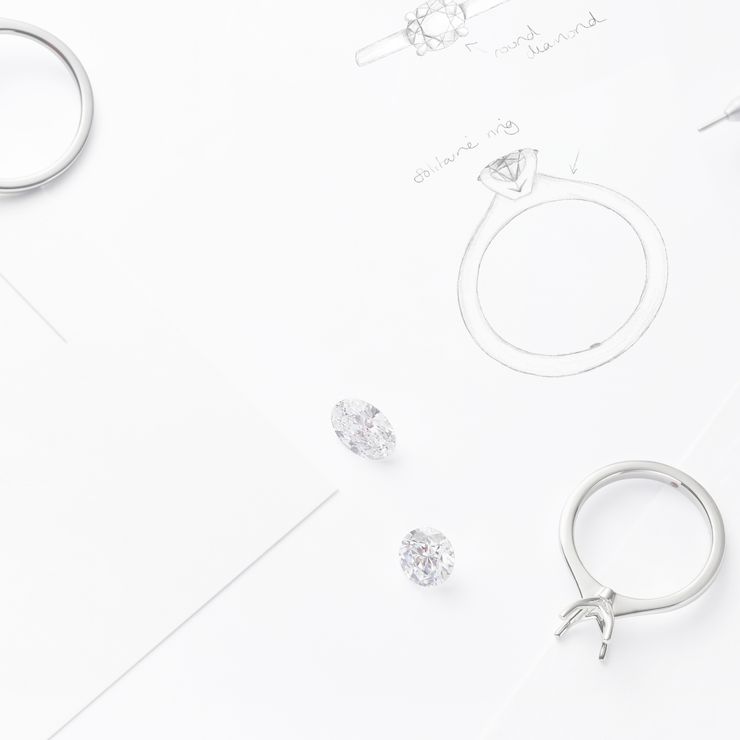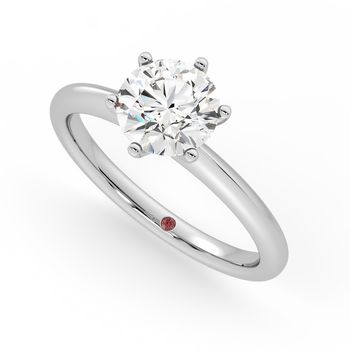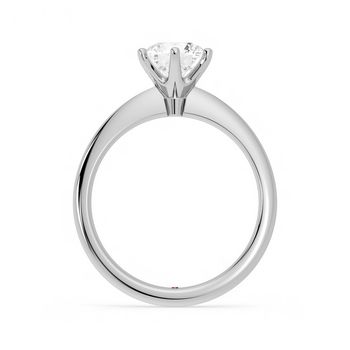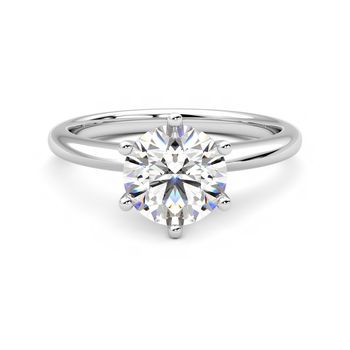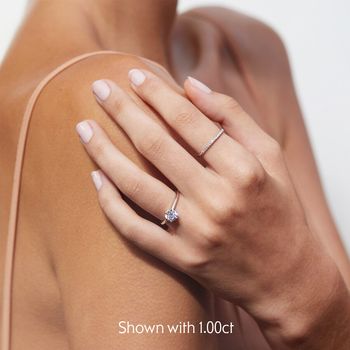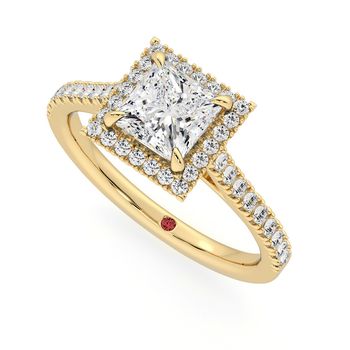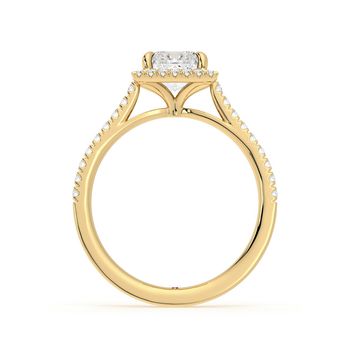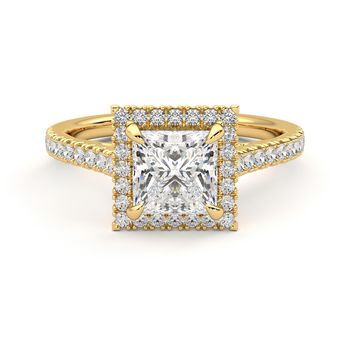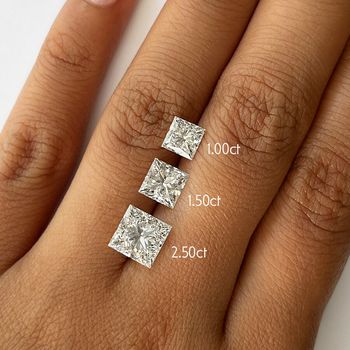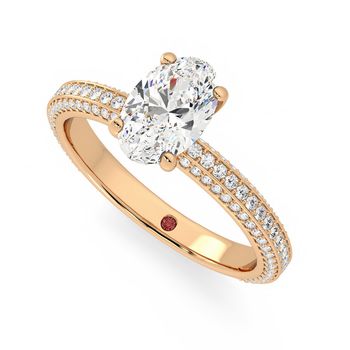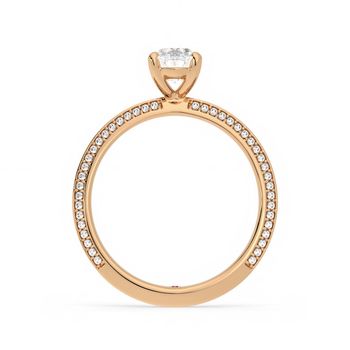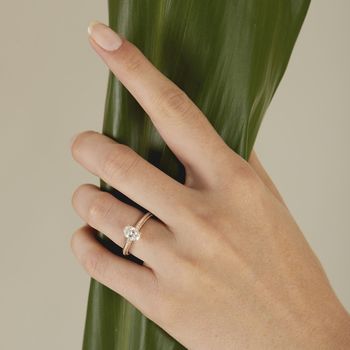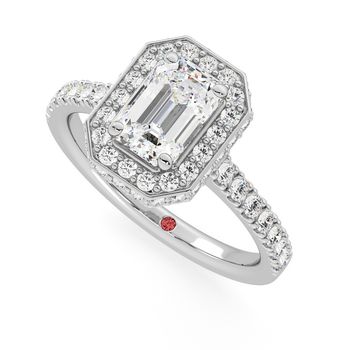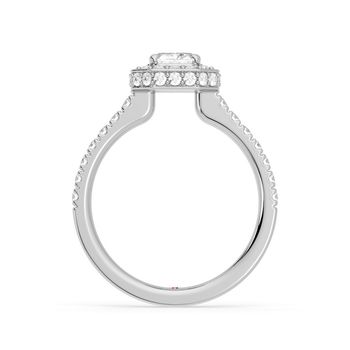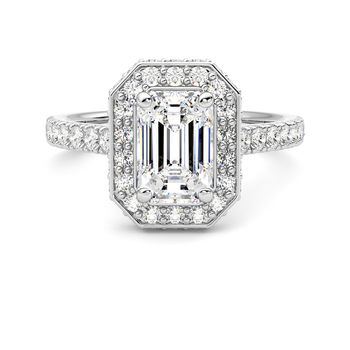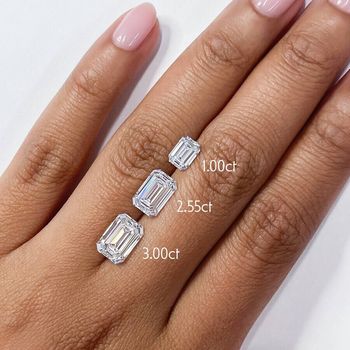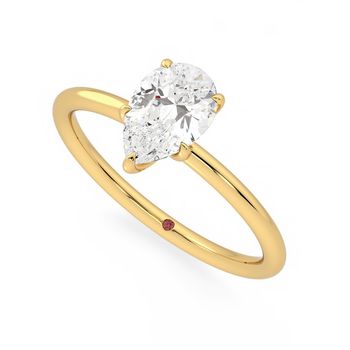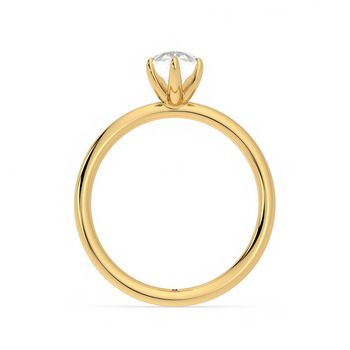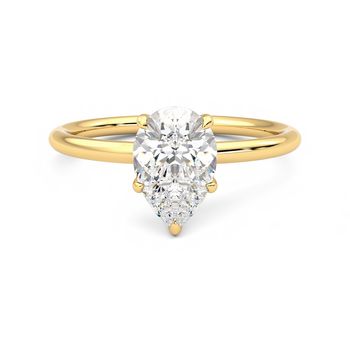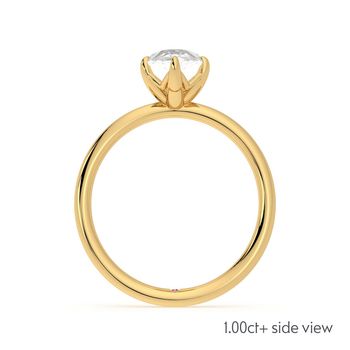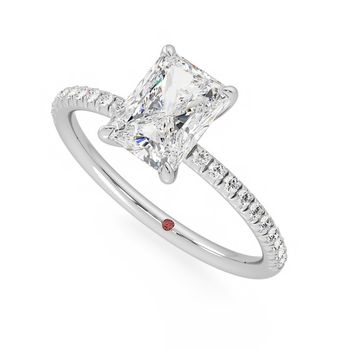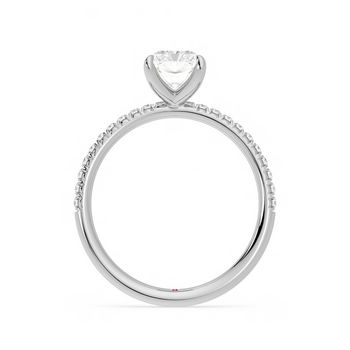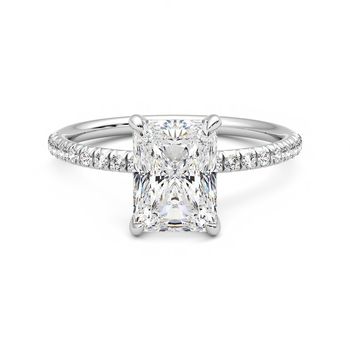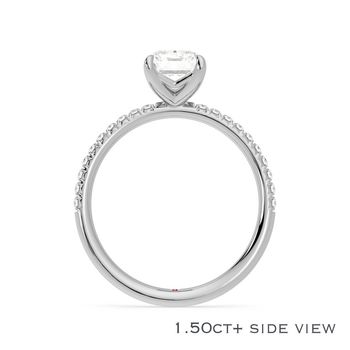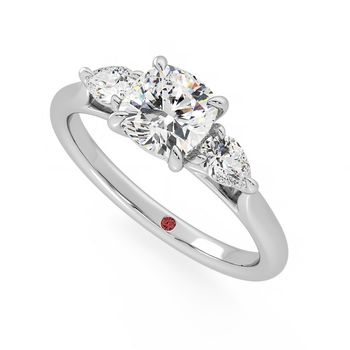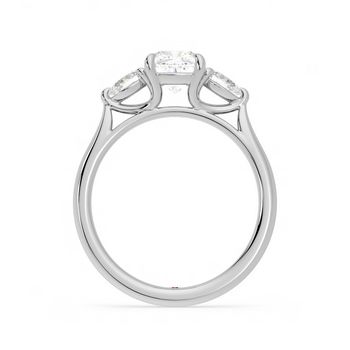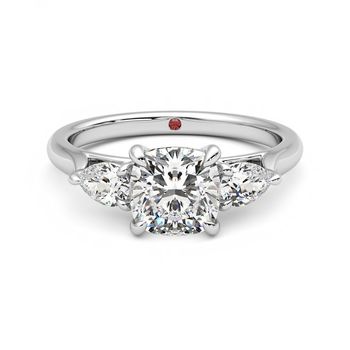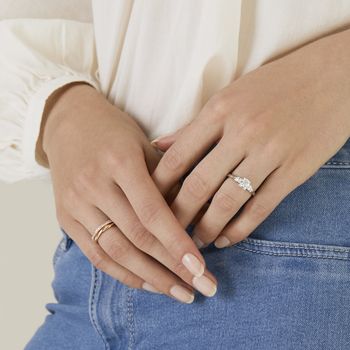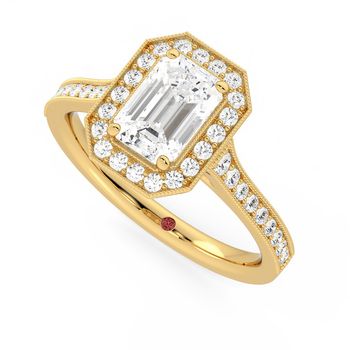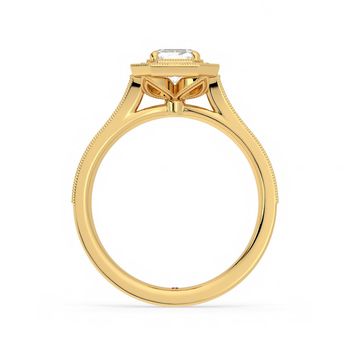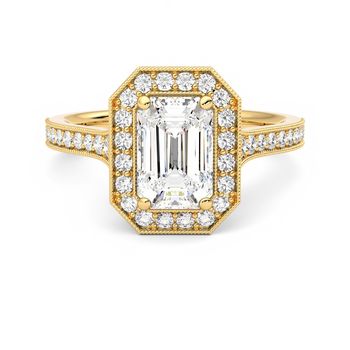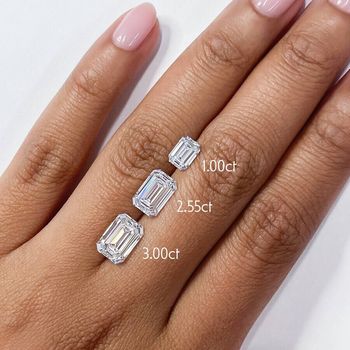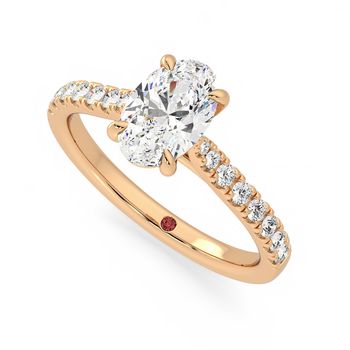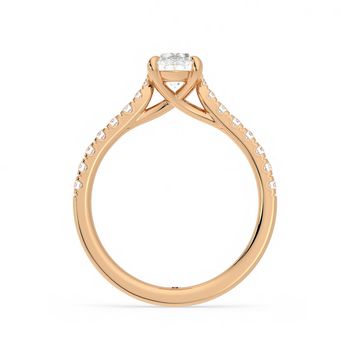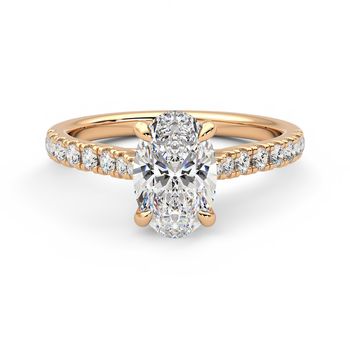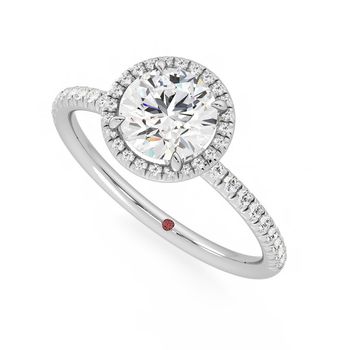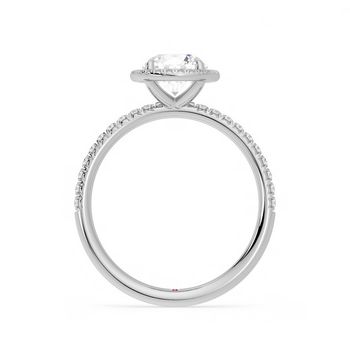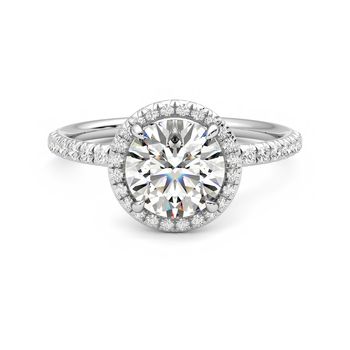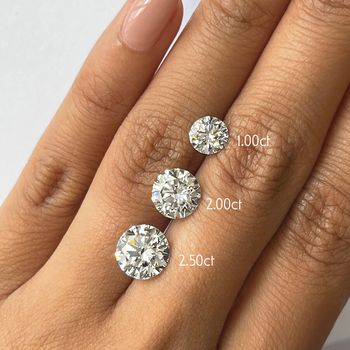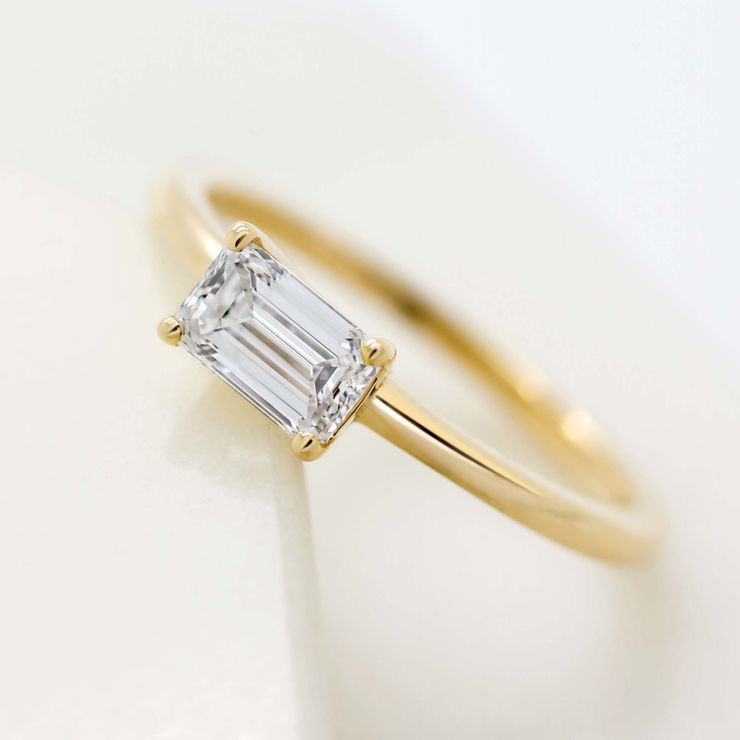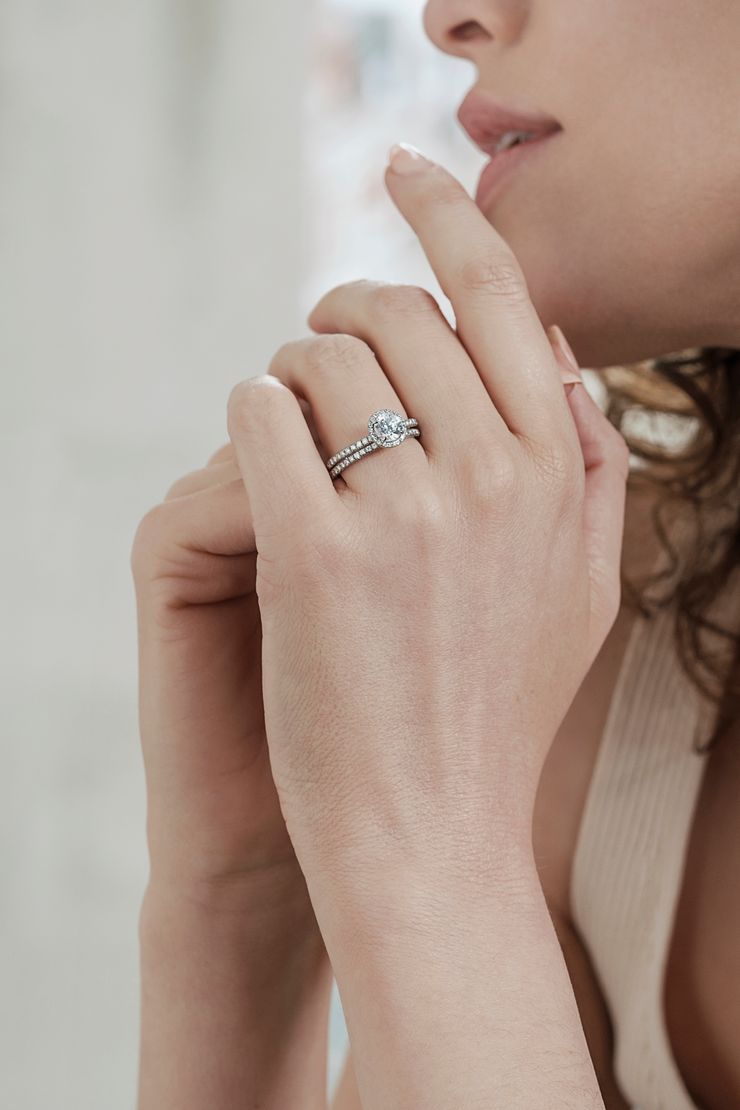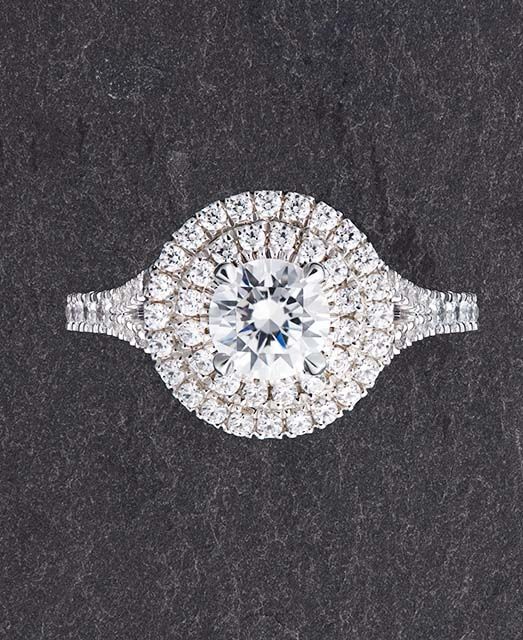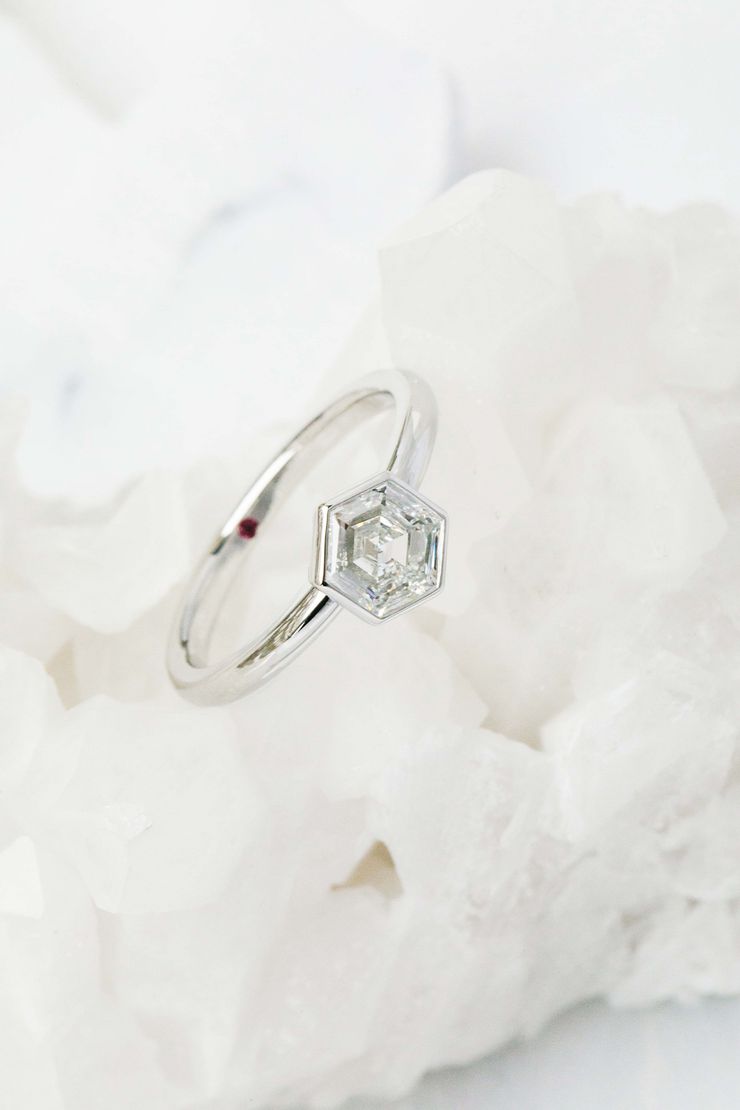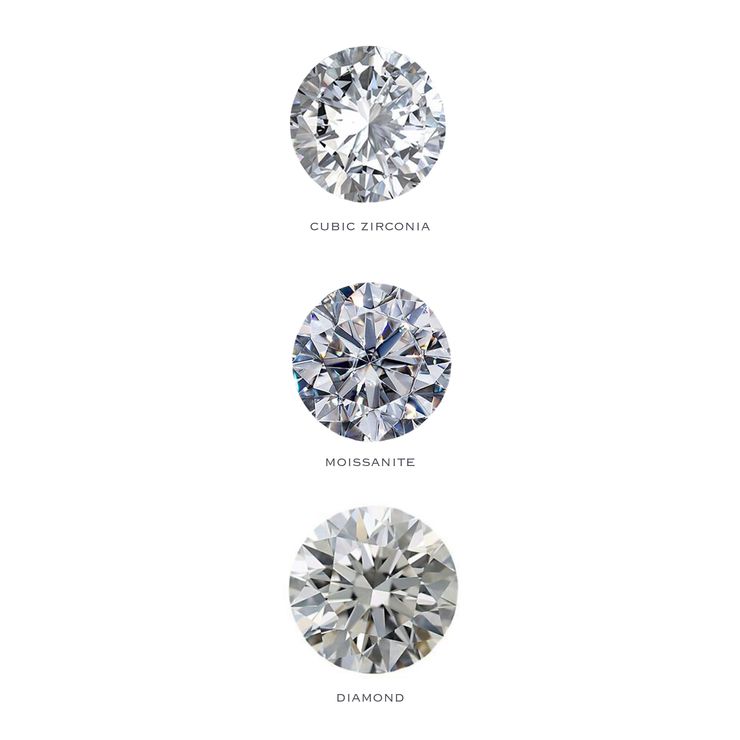Lab created diamonds are physically and chemically the same as a natural diamond, so they will test positive on a diamond tester. Whether from the earth or a lab, diamonds are created with crystallised carbon. In a very few rare instances an HPHT diamond has tested negative on a diamond tester due to the trace amounts of minerals and impurities sometimes created during the process. Our diamond specialists will always do their best to filter these HPHT diamonds out of the diamonds we offer.
A trained gemologist would be able to tell the difference between diamond simulants and lab grown diamonds. Although moissanite and cubic zirconia superficially look like diamonds, they have a completely different optical structure and refractive properties.
If you want to tell the difference between a diamond and a moissanite, there’s a few key differences you can keep an eye out for. First of all, a diamond is much sharper than a moissanite, with highly defined facets. A moissanite can appear milky and cloudy. A diamond’s sparkle is white, with high contrast and brilliance. A moissanite is well known for a rainbow-like sparkle, the ‘disco ball’ effect.
Diamonds have superior color grades over moissanite. Sometimes a moissanite can have a green or yellow tone to it and wouldn’t grade over ‘K’ on the GIA color scale. A colorless, high quality diamond would usually fall between the D-F color grades.
